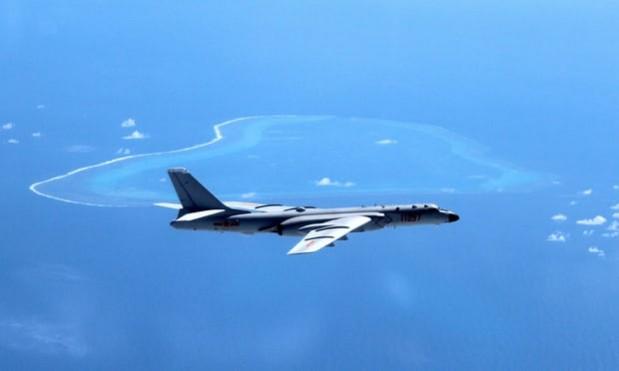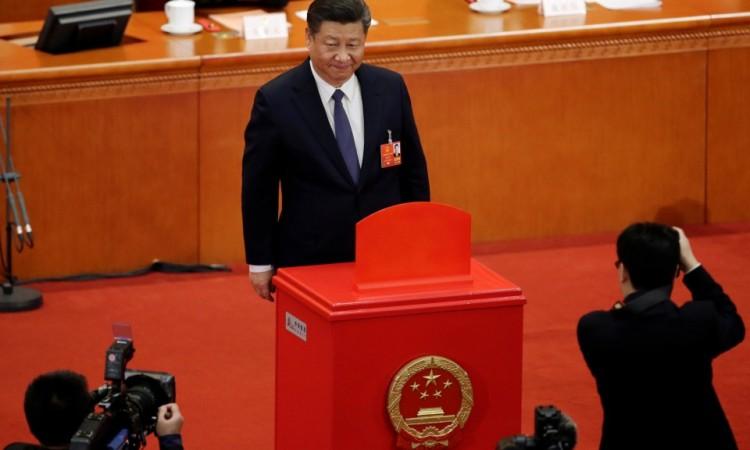As the entire globe is fighting COVID-19 pandemic, it is work as usual for the Chinese machinery. In the latest intimidation tactics, two Chinese websites have claimed that central Asian nations including Kyrgystan and Kazakhstan have been historically a part of China. The websites went one step ahead and even claimed that Kazakhstan even "eager to return back to China".
As per a report published in WION news, Beijing-headquartered Tuotiao.com in an article with a headline "Why didn't Kyrgyzstan return to China after gaining Independence?" argued that Kyrgystan was under the Khan dynasty which was later annexed by the Russian empire. It also contended that another neighbouring country Mongolia has also been a part of China. Notably, Toutiao.com is China's largest content creation mobile platform with more than 750 million readerships.

Sharp reaction from Kazakhstan
Another Chinese company Sohu.com in a separate article claimed that "Kazakhstan is located on territories that historically belong to China". The article drew a sharp response from Kazakhstan which immediately summoned the Chinese envoy to the country, Zhang Xiao, on April 14th. Central Asia is one of the focussed areas of investments for Chinese companies. For instance, Kyrgystan has taken a debt of $1.7 billion from the Chinese Exim bank which reportedly amounts to 43 per cent of the country's total external debt. Similarly, Kazakhstan China has heavily invested in its energy sector.

The development is just another episode in China's provocation, claiming its neighbouring countries' territory. Since the past few years, it has claimed almost all the islands in the South China Sea and has heavily militarized them. Upping the ante, in April China announced a new governance system for disputed islands in the South China Sea irking neighbouring countries, Australia and the US.
Last week, China's CGTN tweeted a picture of Mount Everest which read "world's highest peak located in China's Tibet autonomous region". Although the tweet was later deleted with a new tweet saying "the world's highest peak located on the China Nepal border". Interestingly, this is a continuation of 'poke and check response' theory.








